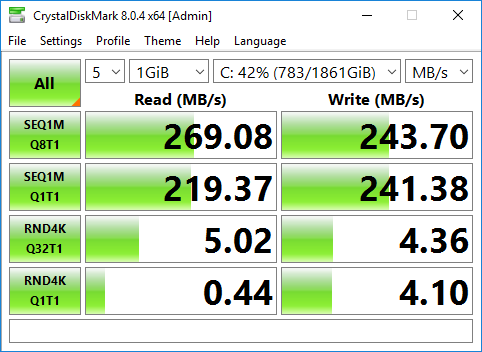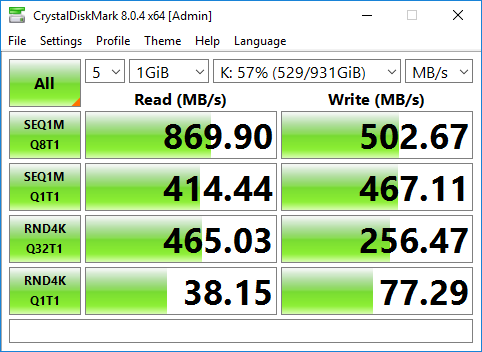We take pride in delivering innovative and effective solutions that meet our customers' needs. Recently, we had the opportunity to upgrade a 24x7 factory's server from SATA drives to SSDs, and we are excited to share the results of this successful project with you.
The Challenge: Upgrading to SSDs With Minimal Downtime
Mechanical hard drives have been a reliable storage option for decades, but they have a fundamental flaw: they use moving parts, which are prone to wear and tear over time. As a result, mechanical hard drives can fail unexpectedly, leading to data loss and system downtime. Upgrading to SSDs eliminates the reliance on moving parts, leading to a more reliable and efficient storage solution for your business. SSDs are also much faster than mechanical hard drives, leading to faster boot times and application launches, improving overall system performance.

Our client, a 24x7 factory, relied heavily on their server for day-to-day operations. However, the factory was experiencing a noticeable decrease in server performance due to the outdated SATA drives that were being used. Upgrading to SSDs was the logical solution, but it presented a challenge: how to perform the upgrade without causing any downtime to the factory's operations?
Our Approach: Meticulous Planning and Execution
To tackle this challenge, our team took a meticulous approach to planning and execution. We worked with the client to identify a time period when the factory's operations would be least impacted, and then we carefully planned every step of the upgrade process.
We started by cloning the existing SATA drives to the new SSDs and verifying that the new drives were functioning correctly. We then scheduled a maintenance window during which we could swap out the old drives for the new ones. This was done in a way that ensured minimal disruption to the factory's operations (less than 2 hours, late at night).
The Results: Improved Performance and Minimal Downtime
The upgrade from SATA drives to SSDs resulted in a significant improvement in the factory's server performance. The factory's management noticed a marked decrease in boot times, application launch times, and file transfer times. Additionally, there was a minimum of downtime during the upgrade process, which was critical for the factory's operations.

The results speak for themselves - a massive improvement across the board, without complicated RAID card changes, or unsupported PCIe SSD adapters.
